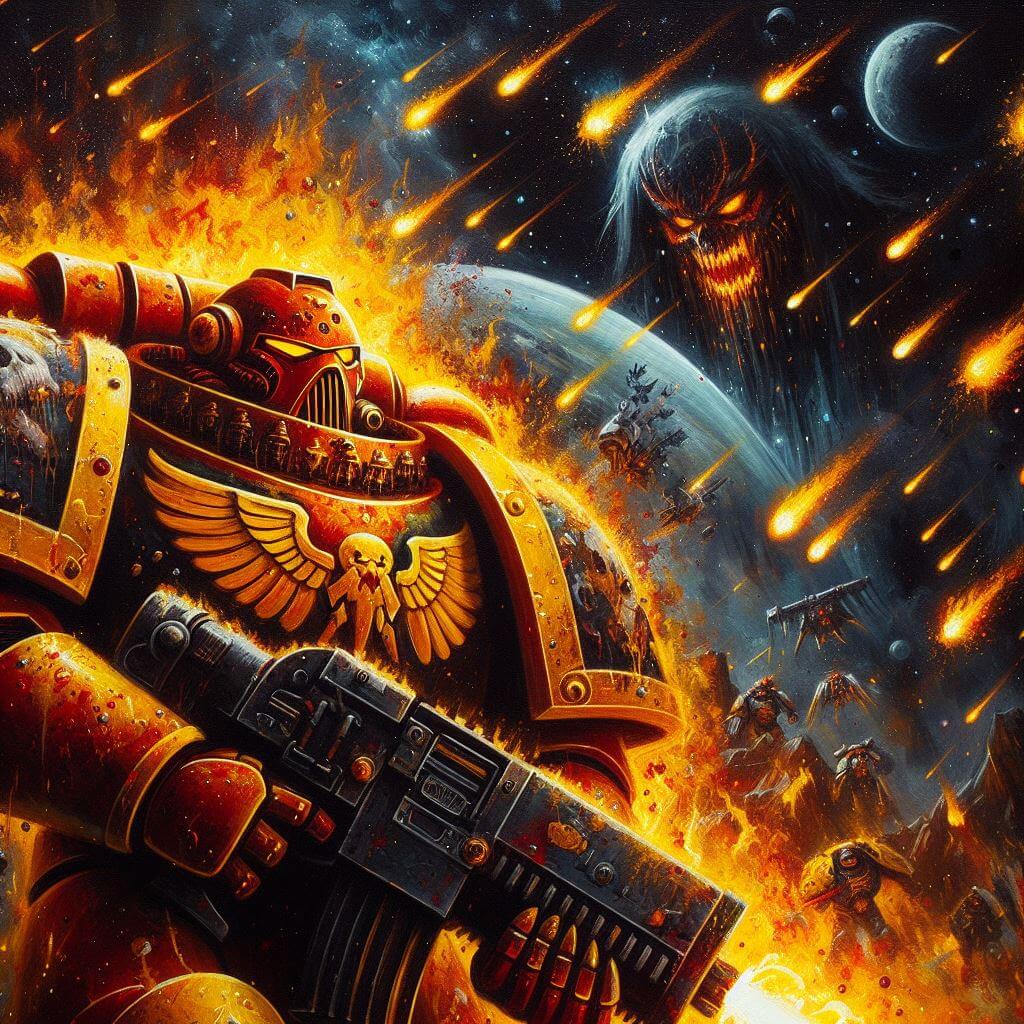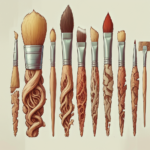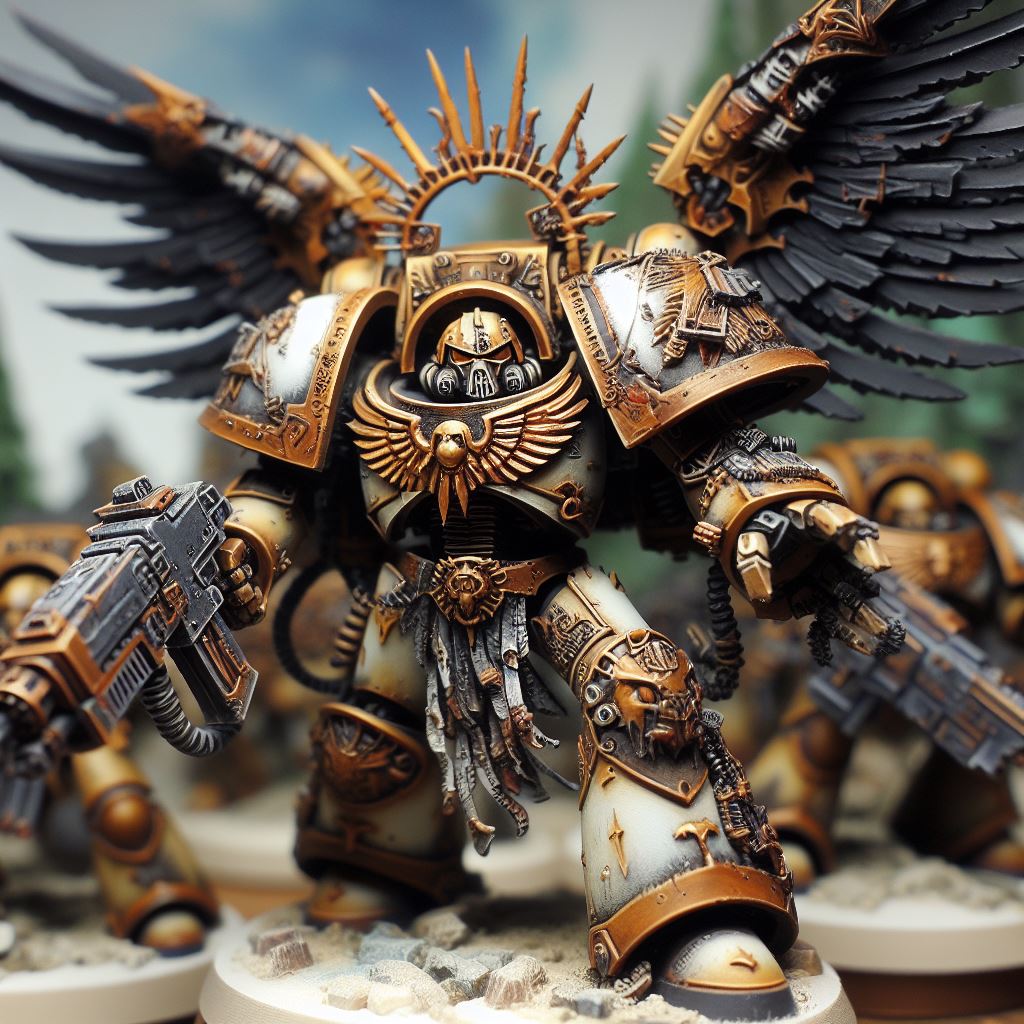Common Mistakes to Avoid When Base Coating Models: Conquer These 3 Mishaps for Flawless Finishes
As a 20+ year veteran miniature painter and enthusiast at Warhammer Universe, I want to provide a helpful and thorough overview of common mistakes to avoid when base coating our beloved models. Proper preparation and application of a base coat, or primer, is truly the foundation for a pristine paint job that will stand the test of time across countless battles.
In this large guide made for new and old hobbyists alike, I will cover most of the model priming and base coating, common pitfalls to avoid, and solutions to fix any issues that you might find.
So let’s start our journey into proper base coating techniques by first understanding why we prime and base coat to begin with!
Read our full guide here for How To Base Coat Miniatures
Common Mistakes to Avoid When Base Coating Models: Critical Role of Priming Models
Priming serves a few big reasons that are critical for correct paint adhesion and making sure the surface details on your miniatures look correct:
- Fills in very small Imperfections: All models have tiny imperfections, cracks and crevices that need to be smoothed out and filled before painting. This helps the following paint layers fully stick to the model and dry in all the right places!
- Adds Surface Texture: Priming adds a bit of grip or “tooth” to help the model paint bind together properly. This prevents the paint chipping or peeling now or at a later stage.
- Aids Visual Definition: A primer coat gives a better look of those small surface details that would otherwise get lost against the base model color, when painting the more difficult details, this helps the painting.
In summary, correct priming ensures paint durably sticks to the model, while allowing the most small details to remain visible to the naked eye rather than obscured under thick paint, making the model look awful!
Paint brushes also need to be primed! How To Prime Brushes Before Painting Miniatures
Common Mistakes to Avoid When Base Coating Models: Application
When it comes to applying primer or base coat onto a model, the best results come from light, even spraying rather than brush painting on heavy layers. Spraying allows very thin and wider spray overall without hiding the more detailed bits of the model.
For spray priming, many hobbyists including myself prefer airbrushing primers like Vallejo or Badger Stynylrez. These offer great flexibility and control. Aerosol spray cans also work well when used properly – applying multiple thin mist coats rather than one thick wet spray.
Regardless of technique, the goal is to apply the minimum amount needed for full model coverage while retaining the most delicate sculpted features. Less is often more when it comes to priming.
Now that we understand why priming is so important and how to best apply base coats, let’s explore common mistakes to avoid…
Lost on brand names? There’s a lot! Read our guide here for The Best Paint Brands for Miniatures
Mistake #1 – Applying Too Much Primer
The number one issue that plagues almost every new painter is using far too much primer on models. It’s very fun to try “covering” a model completely in one thick coat – but this causes problems:
- Obscures Fine Details: Heavy primer layers bury subtle model features making textures not pop out
- Slows Drying Time: Thick primer takes much longer to fully dry, slowing down painting
- Wastes Valuable Resources: More primer than needed is wasted time and money and time is money!
The ideal primer coat should be thin enough that some of the original model surface faintly shows through. This ensures no detail loss while providing enough grip for paint adhesion. Remember – less is truly more when it comes to primer quantity.
Mistake #2 – Overworking Partly Dry Primer
After applying primer to models, it’s important to leave the layer alone as it fully dries. Many excited hobbyists are very impatient and this leads to overly “fussing” with the primer before cured.
However, primer starts to form a thin film at the first drying phase. Touching this film leads to textural issues – streaks, wrinkles, uneven finishes and even bubbling. Don’t touch it, we know you want to, but don’t. Don’t touch it. Don’t.
Patience is key. I recommend waiting at least 30-60 minutes minimum before putting your little goblin fingers near the primer at all. For some primers, overnight drying is best before adding paint. Let your excitement brew like a hot cup of coffee to avoid ruining prime work!
Mistake #3 – Spraying Primer in Poor Conditions
Another common mistake when working with spray primer is failing to think about ambient conditions first. Both temperature and humidity levels will always impact results, so make sure you are thinking about these things before you start to prime!:
- Cold Cans: Low temps inside aerosol primer cans lead to poor mixing and pressure inside the can. This causes uneven coverage.
- High Humidity: Moisture in the air mixes with spray droplets creating texture issues like “orange peel”. It looks awful, as if you left your miniature inside a sauna!
- General Overspray: Any spray primer requires good ventilation to safely capture overspray.
While airbrushing inside negates weather concerns, aerosol cans demand more care and awareness. Ideal conditions are 50-90°F(10-32°C in non freedom units) and under 70% humidity. Also keep the spray can itself warm, not cold to the touch. Room temperature should be good
If weather is an issue, consider options like brush-on primer or an indoor airbrush. Otherwise be prepared to dry out the air and allow for ventilation/protection. Don’t gloss over Mother Nature’s ability to ruin a good prime!
Fancy a reading more about Airbrushes? Read our guide here for The Best Airbrushes for Miniatures
Common Mistakes to Avoid When Base Coating Models: Common Issues and Solutions
Besides the big three mistakes above, here are some other common primer problems and fixes:
Issue – Separated Primer: Primer has begun to separate inside the bottle. This occurs due to the binder beginning to harden.
Solution: Thoroughly shake/mix before use.
Issue – Bubbly Primer: Overworked wet primer causes unsightly bubble texture drying on models.
Solution: Use very thin layers; allow drying fully between applications. Consider airbrushing.
Issue – Primer Not Sticking: Beading (like water on wax) means an oily residue is stopping good adhesion.
Solution: Wash models first with soap and water to remove mold release.

Common Mistakes to Avoid When Base Coating Models: Advanced Painting
With most of the basic covered, more advanced painters may want to experiment with more…difficult techniques:
- Pre-Shading: Airbrushing/sponging darker primer in places that are hard to reach before base color creates depth.
- Zenithal Highlight: Correctly applied, White prime creates contrast to prep for blending.
- Color Toning: Tinted primer helps reinforce shadows/highlights underneath colors
- Textured Priming: Special rough primers like filler primer build an organic foundation for weathering.
While such methods are not mandatory(But do help), they can really bring out all of the creativeness inside of you, the painter. Priming unlocks once mastered will let you craft miniatures in any way you want, allowing for extremely unique paint schemes. Even applying basic primer with no issues takes dedication and care – but pays off in beautifully colorful models that stand test of time.
Looking for more paints? Read our full overview on The Best Paint Sets for Miniatures
Video Tutorial
We recommend visiting the following YouTube videos for video guides on base coating.
Artis Opus: How to Basecoat Miniatures on Youtube
Burnt Aquila Painting on youtube
Common Mistakes to Avoid When Base Coating Models:Closing
I hope this guide gives both new hobbyists and seasoned veterans alike a very thorough overview of fundamentals around properly preparing and priming models to avoid common headaches.
As with all aspects of miniature painting, patience and care is required. But the reward is long-lasting models boasting stunning, professional paint jobs.
The team at Warhammer Universe has a true passion for this craft and wants to equip fellow enthusiasts with the best practices possible. Be sure to check WarhammerUniverse.com for more tips, videos and insights into this wonderful hobby – and may your models inspire awe on the battlefield!
Related posts:

 Budget vs Premium Paint Brushes for Miniatures: Unlocking Exceptional Value for Budding Artists
Budget vs Premium Paint Brushes for Miniatures: Unlocking Exceptional Value for Budding Artists
 Miniature Painting Techniques: Discover the 5 Secrets to Stunning Warhammer Miniatures for Novice Painters
Miniature Painting Techniques: Discover the 5 Secrets to Stunning Warhammer Miniatures for Novice Painters
 The Best Wet Palette for Painting Miniatures: Cost vs Function
The Best Wet Palette for Painting Miniatures: Cost vs Function





